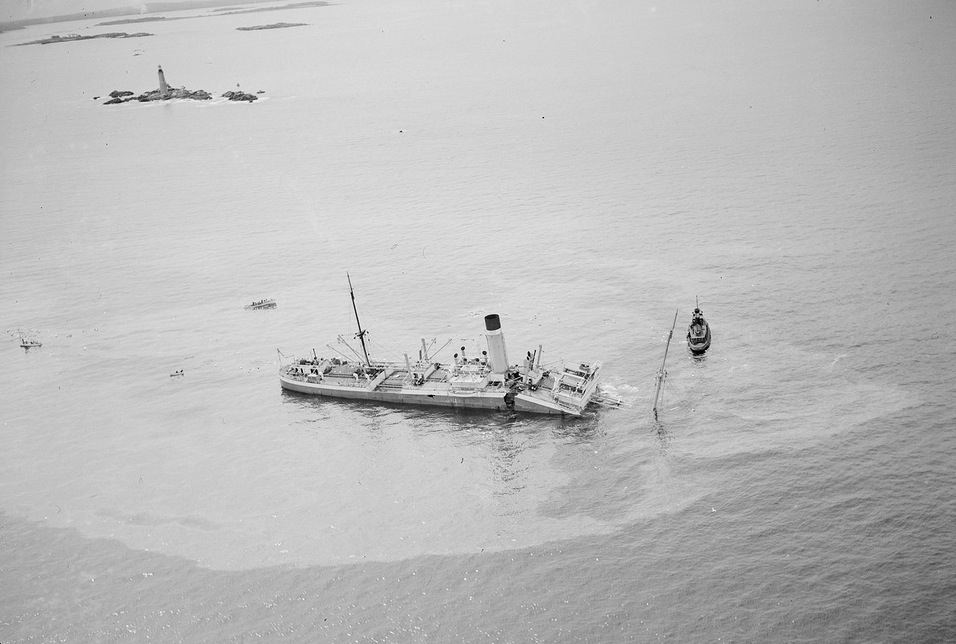
The SS City of Salisbury is broken in two on an uncharted part of Graves Ledge. Graves Light is seen in the upper left background.
With a cargo of exotic animals (including 40 pythons, 40 cobras, 300 monkeys and 20 crates of rare birds), the City of Salisbury broke its back on The Graves in April, 1938.
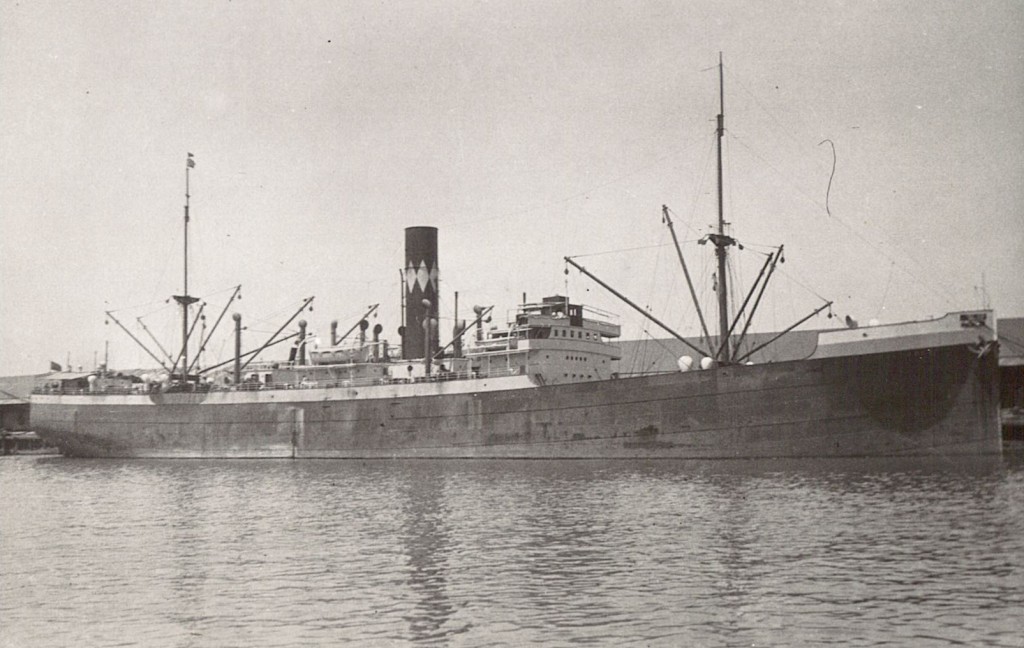
The SS City of Salisbury, at a British port. The stack is painted differently from when it wrecked in 1938.
The British freighter, 419 feet long, was a steam-powered vessel enroute to Boston from India and Ceylon.
No human lives were lost aboard the “Zoo Ship,” and nearly all the animals were rescued safely.
An investigation found that the Boston pilot at the helm of the City of Salisbury was not to blame for the wreck.
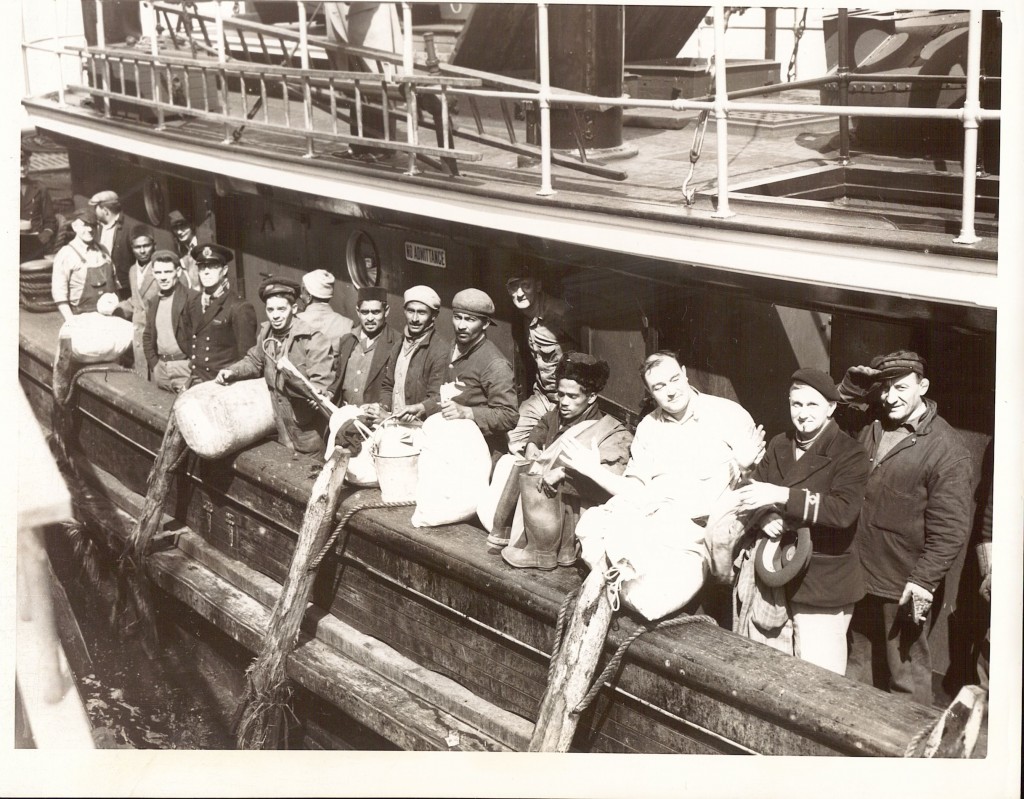
The international crew of the City of Salisbury is evacuated by tugboat. Everyone aboard was safe. (Photo: Boston Traveler)
Coast Guard officials found that the government navigation chart was faulty, showing a safe depth of 33 feet when in reality there was an uncharted section of Graves Ledge.
The New York Times reported that “as officers and men hurried to the afterdeck there was a crash from within the vessel, the forward portion rolled to starboard and, amid a swirl of the otherwise calm waters, disappeared from sight.”
The freighter broke in two just forward of the stack. “The stern of the ship trembled and then rose high in the water, but settled back on the ledge.”
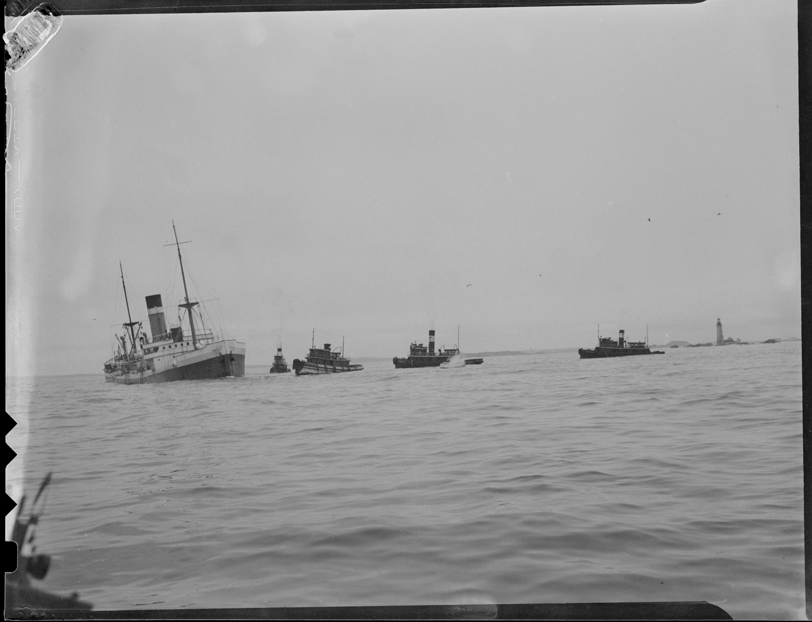
Tugboats help offload cargo from the City of Salisbury as it lists to starboard, prior to splitting in two atop Graves Ledge. A Coast Guard vessel observes. Graves Light is at right. (Photo: Massachusetts Historical Society)
The City of Salisbury gradually broke completely apart in ensuing months, and by October had sunk to the bottom.
A news photographer shot an image of the City of Salisbury just as its stern was plunging below the waves (see photo).
Later the hull was dynamited as a navigation hazard (see photo), and ultimately sections would be raised and sold as scrap metal.
Still, much remains down below, including the bow, and divers report that it’s still possible to find artifacts, including pieces of bronze.

Tides and currents helped snap the SS City of Salisbury in two. The bow slid down one side of Graves Ledge, and the stern sank down the other side. (Photo: Boston Traveler)
Most of the photos of the wreck and salvage operations are from the archives of the Boston Traveler newspaper and the San Francisco Examiner, between April and October, 1938.
Those original photos from the Boston Traveler and San Francisco Examiner archives are the property of GravesLightStation.com, which claims no copyright and welcomes the public to reproduce them.
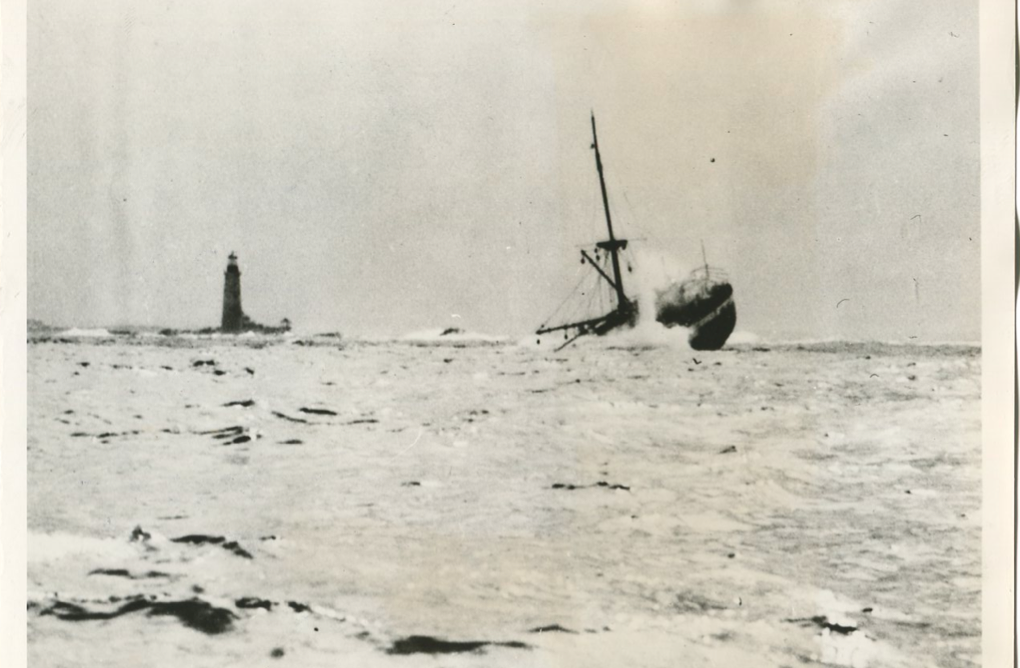
‘Storm administers coup de grace’ is the news caption on this original 1938 photo from the archives of the San Francisco Examiner. We acquired the original from the Examiner archives.
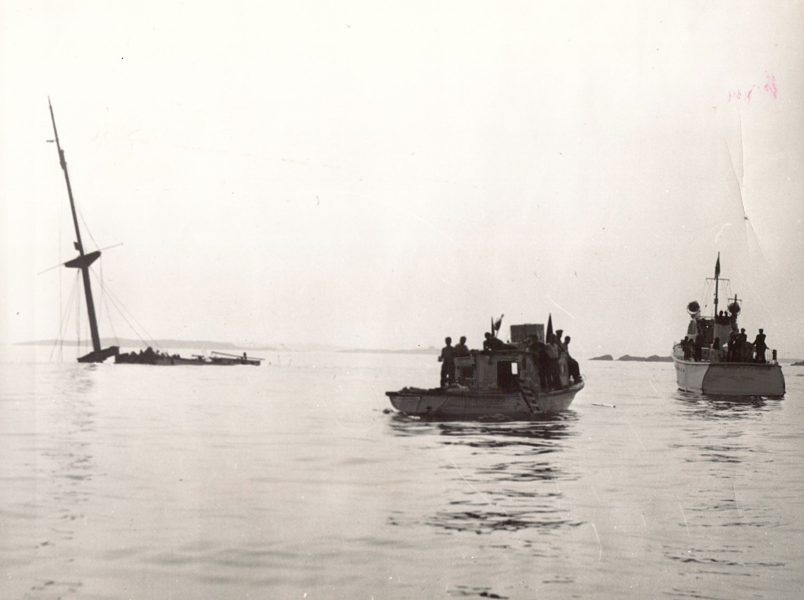
Divers attempt to retrieve part of the sunken cargo of the City of Salisbury, whose mast protrudes from the water at left. The salvage boat appears at center. At right is a Coast Guard boat, observing operations. This photo is from the archives of the Boston Traveler, published September 30, 1938.
For more information
- BostonShipwrecks.org, City of Salisbury page. With photos of the wreck and log entries.
- Metro West Dive Club, City of Salisbury page. Contains a brief history, excellent diving information, and dive charts.
- Massachusetts Executive Office of Energy and Environmental Affairs, City of Salisbury page. Contains a good and lively history, specifics on the location and condition of the wreck, and more.
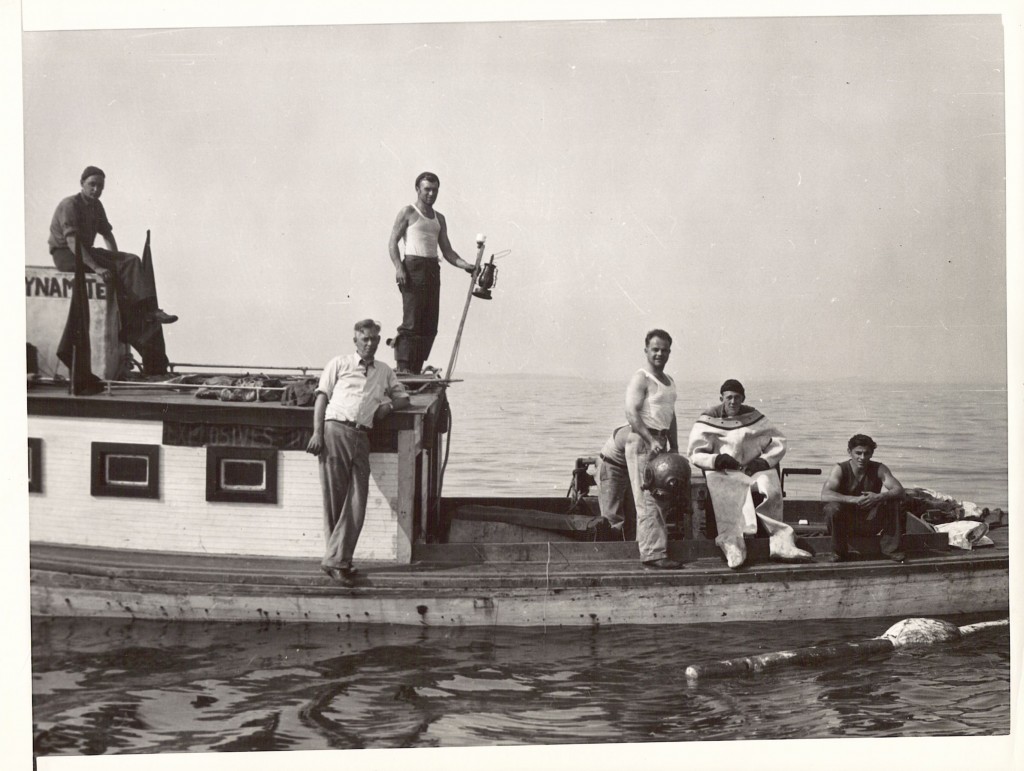
The Boston salvage crew that blew up the hull of the SS City of Salisbury after it sank in the fall of 1938. The hull was a navigation hazard. See the “Dynamite” and “Explosives” signs on the cabin at left. At right, the diver is seated in his white dive suit, with his companion, standing, holding the bronze diving helmet. (Photo: Boston Traveler)
- The ‘Zoo Ship’ breaks its back on The Graves. (Image: Jeremy D’Entremont)
- Tides and currents helped snap the SS City of Salisbury in two. The bow slid down one side of Graves Ledge, and the stern sank down the other side. (Photo: Boston Traveler)
- The reverse of the photo that ran on page one of the Boston Herald on the Saturday after the wreck. The editor’s comments are in pencil, with the published caption glued across the sheet.
- The SS City of Salisbury, at a British port.
- April 23, 1938: “Lascar seamen at the appraisers’ stores after being brought ashore from the doomed freighter City of Salisbury.” Photo from the Boston Herald. “Lascar” referred to sailors from the Indian subcontinent.
- The SS City of Salisbury is broken in two on an uncharted part of Graves Ledge. Graves Light is seen in the upper left background.
- The international crew of the City of Salisbury is evacuated by tugboat. Everyone aboard was safe.
- A Boston tug offloads crew from the stricken City of Salisbury.
- This April 23, 1938 photo is from the Boston Herald archive. Across the reverse, an editor wrote in pencil, “4 col[umns wide] 5″ deep + boat / Page one – Sat AM,” indicating that it ran as a large photo on page one of the Saturday edition of the paper. Glued to the reverse is a clipping of the caption as published, which read, “Tugs standing by City of Salisbury which grounded while on its way into harbor. Graves light is at extreme right.”
- A section of the hull of the SS City of Salisbury, at the bottom of Boston Harbor, May 23, 2014.
- Boats help offload cargo from the City of Salisbury as it lists to starboard, prior to splitting in two atop Graves Ledge.
- ‘Storm administers coup de grace’ is the news caption on this original 1938 photo from the archives of the San Francisco Examiner. We acquired the original from the Examiner archives.
- Salvage teams for the SS City of Salisbury.
- SS City of Salisbury wreckage at bottom of Boston Harbor, May 23, 2014.
- The stricken SS City of Salisbury, 1938.
- Tugboats tend to the stricken SS City of Salisbury as its keel lodged on an uncharted ledge off Graves Light, April 23, 1938. Photo: Boston Herald.
- The smokestack of the SS City of Salisbury snaps off as the hull of the wrecked steamer makes its final plunge.



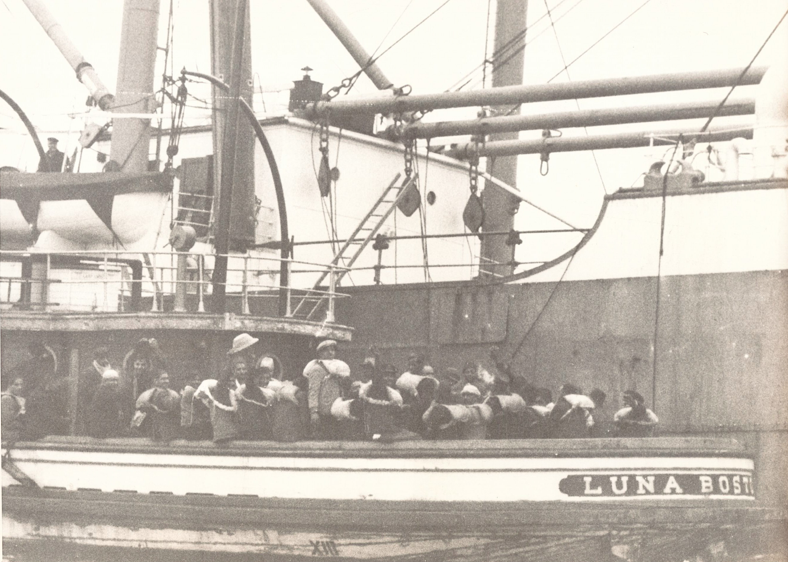
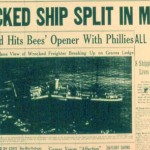
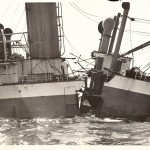
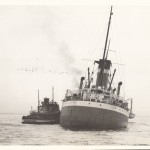
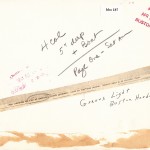
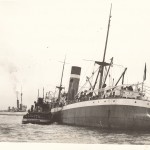
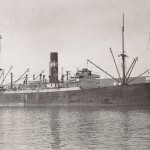


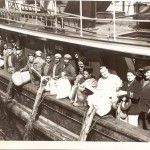

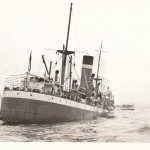
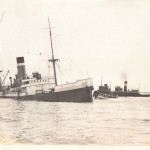
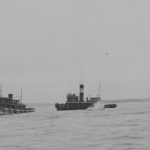
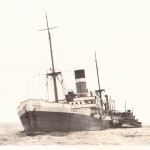
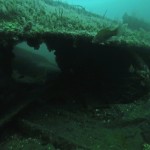
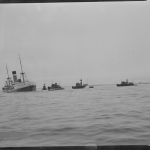
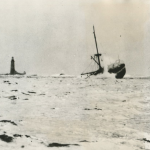

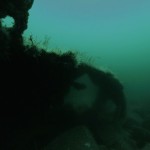
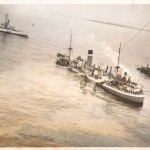
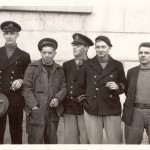

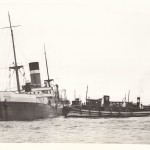
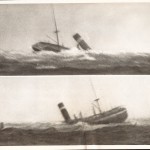

Pingback: Dug out of the archives: Dramatic news photo of Graves Light shipwreck Graves Light Station
Pingback: 1938 shipwreck photos found
Pingback: SS City of Salisbury wreck: A nice dive off Graves Light Graves Light Station
My father is mentioned in Edward Rowe Snows book about shipwrecks in Boston Harbor He found some monkey bones on Snake Island from that wreck